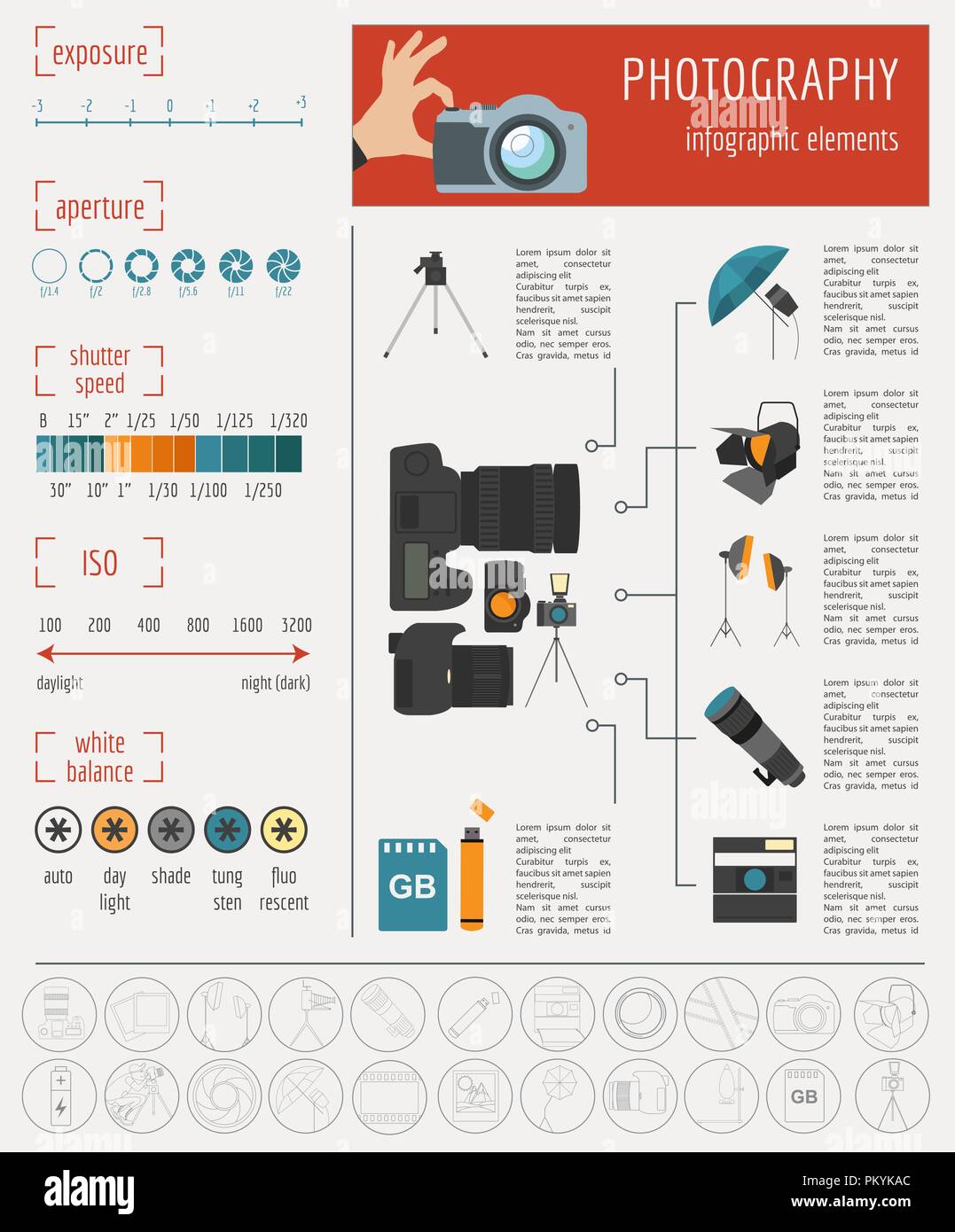Photography Tips For Beginners: Mastering Your Electronic Camera Quickly
Photography Tips For Beginners: Mastering Your Electronic Camera Quickly
Blog Article
Material Author-Barrett Turan
When you first pick up your cam, it can really feel overwhelming with all the settings and alternatives available. You could find yourself asking yourself exactly how to navigate aperture, shutter rate, and ISO effectively. Mastering these principles is vital, however there's more to digital photography than just technical knowledge. Understanding composition strategies and illumination problems can elevate your pictures significantly. So, what happens if you could learn basic techniques to improve your skills and begin capturing outstanding photos sooner than you assume? Allow's explore how to change your digital photography trip.
Recognizing Cam Settings
Understanding your video camera setups is critical for recording spectacular pictures. When you get your electronic camera, familiarize yourself with the 3 major setups: aperture, shutter rate, and ISO. Each plays an essential role in just how your images end up.
Beginning with aperture, which manages the amount of light going into the lens. A broader aperture (reduced f-number) allows much more light and develops a stunning history blur, best for pictures. Conversely, a narrower aperture (higher f-number) keeps more of the scene in emphasis, suitable for landscapes.
Next, concentrate on shutter speed. This setting establishes the length of time your camera's sensing unit is revealed to light. please click the following website freezes movement, which is great for activity shots, while a slow shutter rate can produce sensational effects like smooth water in landscapes.
Finally, change your ISO. This setup affects your camera's sensitivity to light. A higher ISO is useful in low-light circumstances however can introduce sound or grain. Go for the most affordable ISO feasible while still attaining proper direct exposure.
Make-up Techniques
When you're out capturing, composition can make all the difference in just how your images resonate with audiences. Begin by utilizing the guideline of thirds; envision your structure divided right into 9 equivalent areas with 2 straight and two upright lines. Position key elements along these lines or at their crossways to produce equilibrium and passion.
Next off, think about leading lines. These all-natural lines in your scene, like roadways or rivers, attract the audience's eye into the photograph, directing them through the tale you're telling.
Do not forget about mounting; use aspects within your scene, like trees or home windows, to produce a frame around your subject, adding deepness and emphasis.
Additionally, watch on your history. A chaotic background can distract from your primary topic, while a straightforward one helps it attract attention.
Last but not least, trying out balance and patterns; they can produce a striking photo that records interest.
Learning Lighting Conditions
Understanding lights problems is important for catching stunning photographs, as the best light can change a normal scene into something extraordinary.
Start by observing all-natural light at different times of the day. Visa photos and late afternoons offer the very best light, known as the golden hour. The soft, cozy tones throughout these times can boost your pictures perfectly.
Don't avoid overcast days either; diffused light can reduce severe shadows and create a pleasing result, particularly for portraits.
Trying out just click the following web site by positioning your subject against the light source. This technique can produce a fanciful halo effect and add depth to your images.
Take notice of your cam settings as well. Readjust the ISO, aperture, and shutter speed to suit the illumination conditions. A greater ISO can aid in low light, however be cautious of grain.
Make use of a tripod in darker atmospheres to avoid blur.
Finally, do not neglect fabricated lights. Flash and continuous lights can be excellent devices for managing light in tough conditions.
Final thought
To conclude, mastering your cam doesn't have to be overwhelming. By comprehending your setups, applying composition techniques, and harnessing the power of natural light, you'll rapidly raise your digital photography skills. Remember, exercise makes perfect, so go out there and try out your newly found expertise. With time and devotion, you'll be recording stunning pictures that show your one-of-a-kind point of view. Take pleasure in the journey, and don't neglect to have fun while you're at it!
